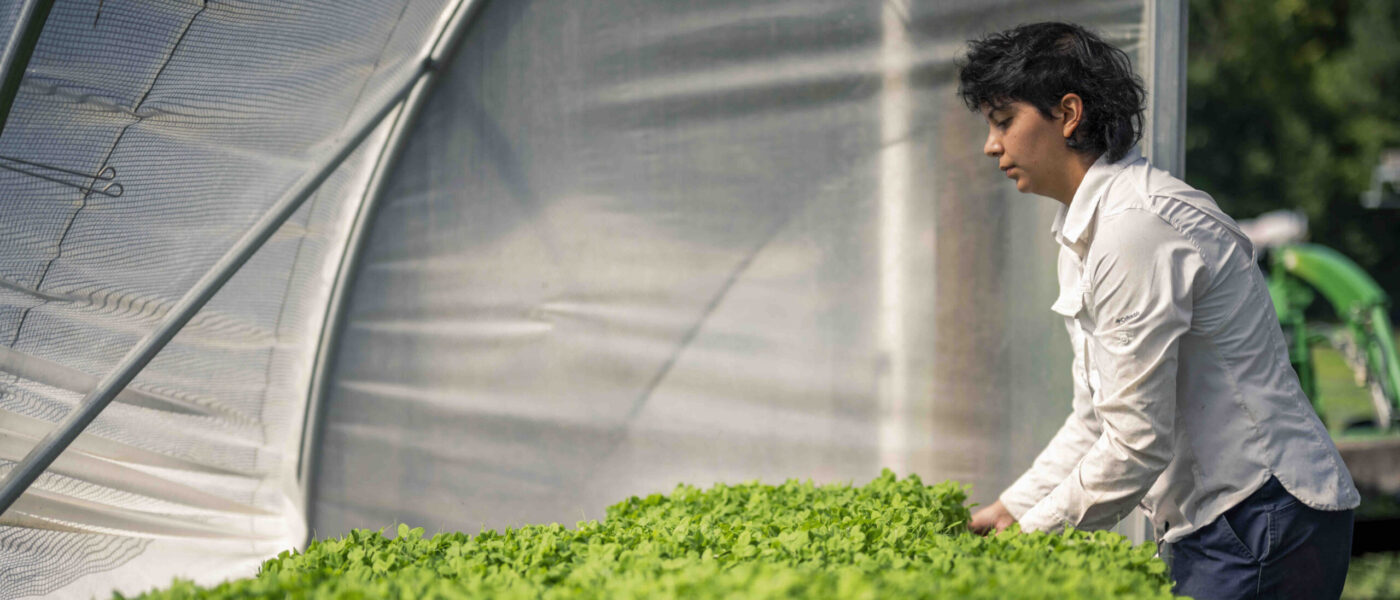Did you know that only one in ten adults in the U.S. consume the recommended number of fruit and vegetable servings each day? Students, who need nutritious foods to supply mental and physical growth, don’t fare much better: only 21% of high school students consume 5 or more servings of fruits and vegetables per day. A higher intake of fruits and vegetables is associated with improved academic performance, meaning that a dietary deficiency can hinder school success.
Did you know that every week, hundreds of farmers leave their land and that the average farmer now earns only 19 cents of every food dollar? Thriving, healthy, local farms contribute to community stability, food safety, the development of a strong, local economy, and the preservation of land and the environment for generations to come.
Did you know that there is a solution to both of these problems? Farm to school programs establish relationships between local farmers and schools in which family farms provide fresh, quality fruits and vegetables for students and teachers to enjoy, leading to healthy farms and healthy minds!
Farm to School and Farmers:
- Sales to schools have accounted for an average of 5 to 10% of participating farmers’ income nationwide, though this number has been as high as 40% for certain farmers.
- Farmers often contribute more than just food: student farm visits, farmer visits to the school, farm taste-tests, and student participation in farm activities all enrich students by demonstrating the connection between land, food, mind, and body.
- Local farmers can get high quality, fresh produce to a cafeteria within 24 hours of harvest. Local purchasing encourages stability in both the school food service budget (because farmers set prices at the beginning of the season they are more resilient to market fluctuations) and in the farmer’s sales market (because schools represent a consistent distribution outlet).
Farm to School and Students:
- Schools with farm to school programs have seen an increase in student fruit and vegetable consumption between 25 and 84%.
- Farm to school programs have been shown to increase fruit and vegetable consumption outside of school and have positive affects on parent attitudes, food habits, and grocery selections.
- Students with exposure to farm to school programs and associated educational components show an increased knowledge and awareness of the nutritional benefits of healthy foods, gardening, growing cycles, agricultural practices, and environmentally sustainable practices that reduce carbon emissions and global warming.

